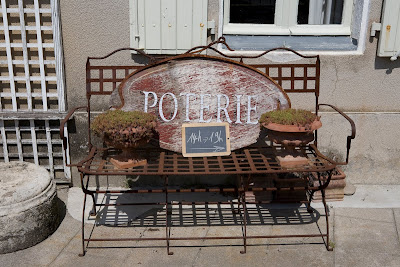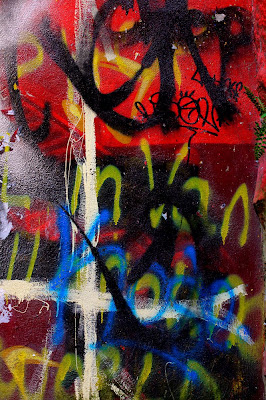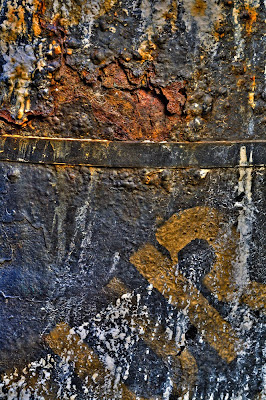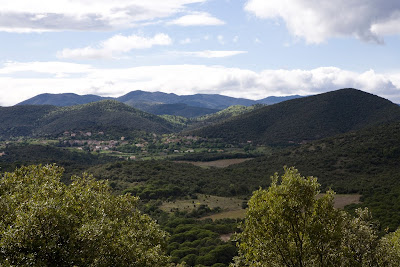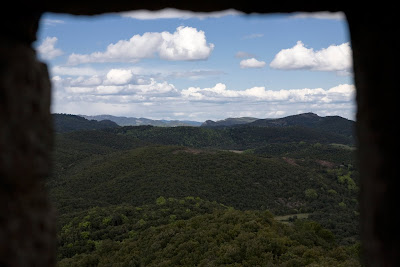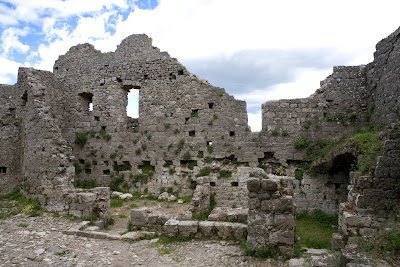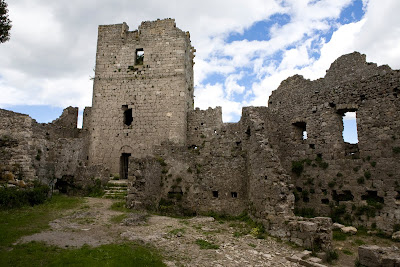








Roads which were once ample for donkeys, horses and carts are barely sufficient for modern cars.


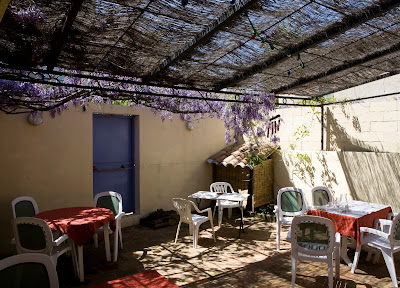



The old narrow streets are delightful when walking and challenging when driving.

The alley in which debtors could walk, avoiding the eyes of creditors.


For centuries, water has been piped into the villages by gravity from a number of pure mountain springs, providing a continual flow of water for drinking and household chores. The fountains are still in use, several can still be used for drinking. One fountain near our B&B (La galerie toscane) had formerly been a public gathering place which was occasionally used as a place of execution when the king's men were seeking to eradicate threats to the crown (heresy and later Protestantism during the War of the Camisards).


Public access to the river was always important. Visitors can still climb down to the swift waters of the river which cuts through the valley and the heart of the village, and when there are sudden bursts of rain, the water can flow from the streets, down the stairs and into the river.


In April 2009, we spent a most enjoyable week in Lasalle, a medieval village in the Gard Department in the Languedoc-Roussillon region in the south of France in the Cévennes. This historic village of 1,053 people was the centre of a flourishing silk industry in the 17th and 18th centuries. The Salindrenque River provided power, the local mountains provided ample water, and carefully cultivated plants nourished untold thousands of silk worms. The industry provided work for the citizens, the silks of Lasalle were sold both locally and sought by merchants elsewhere. Life looked good until a disease ravaged the worms and the whole industry was unexpectedly brought to a standstill. In a sense, the village never fully recovered its former glories.
As you walk through the village today, you notice the narrow street parallelling the river, and the many substantial buildings with large windows which once gave light for the many workers in the silk trade. You occasionally also still see windows at the street level, windows which used to open with small shelves jutting into the street, displaying wares to those who passed by on foot. You will also hopefully come across a very narrow back pathway whose nickname suggests that people in debt to one or more of the merchants used the passageway to avoid being confronted by their lenders.
The village has several very good bakeries, at least one restaurant I enjoyed repeatedly, the imcomparable La Galerie Toscanne (a superb B&B where we stayed, right in the heart of the village), small library, churches which seemed somewhat unused, a weekly market day even in the off season, grocers and newstands.
But more importantly, it served as a hub for short excursions to other local villages of interest, or even for leisurely drives into the gentle but truly scenic mountains. We were visiting while the thousands of goats were tending their babies, but a great variety of goat cheeses were still plentiful and delicious.

